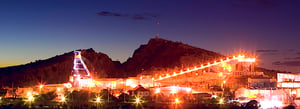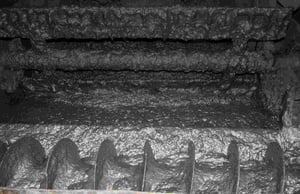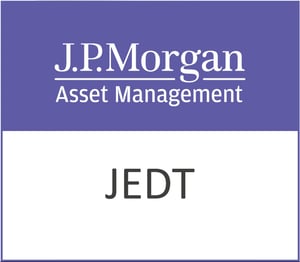As one of the stalwarts of the British real estate sector, British Land Company PLC (LON: BLND) stands at a pivotal point for investors seeking to understand its current market position and future prospects. With its primary focus on London campuses, retail parks, and urban logistics, British Land has established itself as a key player in the UK commercial property market. However, recent financial data paints a picture of both challenges and opportunities that investors should carefully consider.
British Land’s current market capitalisation is approximately $3.9 billion, reflecting its significant presence in the real estate investment trust (REIT) sector. The company’s share price, presently at 348.6 GBp, has experienced limited movement recently, with a slight increase of 0.03%. This stability is notable amidst a 52-week range stretching from 340.00 to 462.40 GBp, illustrating the stock’s potential volatility and the market’s response to broader economic conditions.
Valuation metrics reveal some intriguing insights. While the trailing P/E ratio is unavailable, the forward P/E ratio stands at a staggering 1,190.37, suggesting investor expectations for future earnings may be overly optimistic or perhaps reflective of anticipated significant earnings growth. Additionally, the absence of PEG, Price/Book, and Price/Sales ratios highlights the complexity of accurately valuing the company in the current climate.
Performance metrics indicate a challenging landscape, with revenue growth showing a concerning -40.00%. Despite this, British Land’s earnings per share (EPS) of 0.18 and a return on equity (ROE) of 3.20% provide some solace. The company has maintained a free cash flow of £45.75 million, a critical figure for sustaining operations and supporting its dividend policy.
For income-focused investors, British Land’s dividend yield of 6.36% is particularly attractive, especially in an era of low-interest rates. However, the payout ratio of 125.27% raises questions about the sustainability of such payments. This figure suggests that the company is distributing more in dividends than it earns, potentially drawing from reserves or relying on asset sales, which may not be sustainable long-term.
From an analyst perspective, British Land receives a blend of recommendations: 10 buy ratings, 7 hold ratings, and no sell ratings. This sentiment underscores a degree of confidence in the company’s ability to navigate current challenges. The target price range between 304.00 and 510.00 GBp, with an average target of 441.63 GBp, implies a potential upside of 26.69%, providing a tempting proposition for risk-tolerant investors.
Technical indicators present a mixed picture. The stock’s movement below both its 50-day and 200-day moving averages, at 363.75 and 390.21 respectively, could be interpreted as a bearish signal. Meanwhile, the Relative Strength Index (RSI) of 52.23 suggests that the stock is neither overbought nor oversold, potentially signalling a period of consolidation. The MACD figure of -0.83, below its signal line of 1.19, could indicate a bearish trend, warranting caution for short-term traders.
British Land’s commitment to sustainability, through its pillars of Greener Spaces, Thriving Places, and Responsible Choices, aligns with a growing investor focus on ESG (Environmental, Social, and Governance) criteria. This strategic approach not only enhances the company’s brand but also positions it favourably amidst increasing regulatory pressures and consumer consciousness.
For investors, British Land presents a complex yet compelling case. The juxtaposition of a robust dividend yield against challenging financial metrics and a high forward P/E ratio requires a nuanced understanding of the company’s strategic initiatives and market conditions. As British Land navigates the intricacies of the real estate sector, individual investors must weigh the potential for substantial returns against the inherent risks of market volatility and economic uncertainty.






































